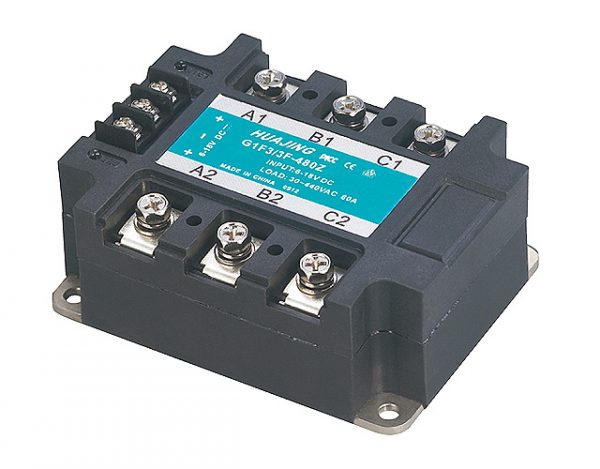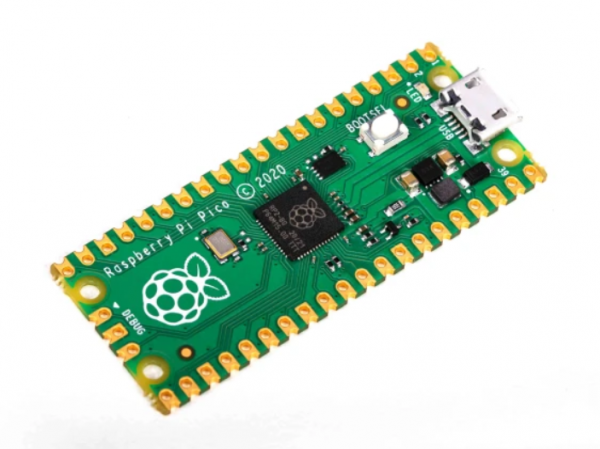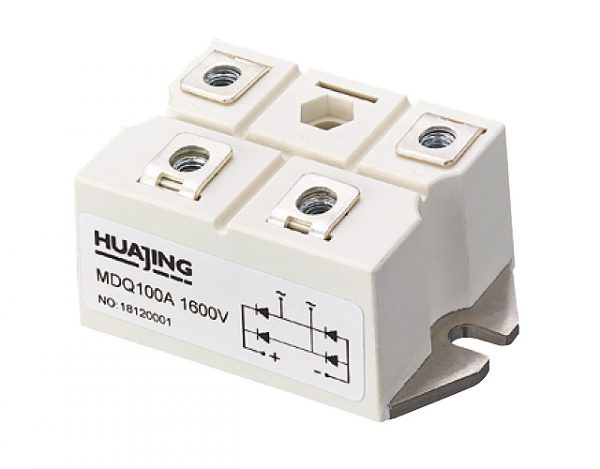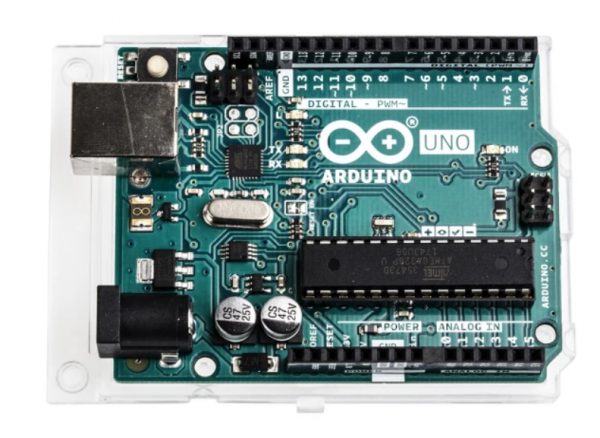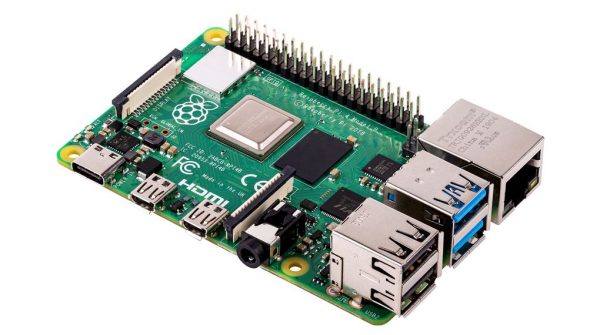Why I Still Run a Bitcoin Full Node (And Why You Should Too)
Okay, so check this out—running a full node isn’t glamorous. It isn’t flashy. But man, it changes how you relate to money and to the network that secures it.
My first thought was: do I really need another always-on box in my closet?
Really?
At first I was skeptical; then I watched my wallet validate transactions without a middleman and something clicked.
Whoa, that felt good.
Running a node is about sovereignty more than profit. It’s about validating rules for yourself and refusing to outsource trust to servers you don’t control.
I’m biased, but I’ve found that after a few months my perspective on « trustless » became less theoretical and more practical.
Practical reasons and real tradeoffs
First: privacy. When you use Electrum or custodial wallets you leak address and balance info to remote servers—sometimes a lot of it—so running your own node reduces that surface area.
Second: verification. Your node checks scripts, proofs, and consensus rules locally. That means you don’t have to take someone else’s word for what the blockchain contains.
Third: enabling the network. Full nodes relay transactions, help enforce consensus, and make censorship harder. That isn’t abstract; if fewer nodes run, the network centralizes, and that bugs me.
But hold on—it’s not all roses.
Storage, bandwidth, and uptime matter. You need reliable hardware, a decent internet connection, and some patience for initial block download (IBD).
Initially I thought a Raspberry Pi would do the trick easily, but then I realized indexing and pruning choices change the story depending on your goals.
Actually, wait—let me rephrase that: a Pi is fine for many users, but if you want archival data, multiwallet support, or mining support for a small pool, you’ll want more CPU and disk throughput.
On one hand a pruned node saves space, though actually it trades off retrievability of old blocks for disk savings. On the other hand, archival nodes help researchers and services.
My instinct said prioritize SSDs with good write endurance, and that served me well—especially after a few months of heavy mempool churn.
Here’s what bugs me about the typical advice: most guides start end-to-end but skip the « maintenance and monitoring » part, which is very very important.
If you treat a node like a black box you’ll be surprised when your wallet suddenly can’t find transactions because your node was misconfigured or behind NATs.
Network configuration matters: static IP or dynamic DNS, port forwarding, and firewall rules are not sexy topics, but they are essential for a node to serve peers reliably.
For miners—yes, your mining rig benefits from a local validating node. It ensures the blocks you build on are valid and reduces the chance of working on stale or invalid chain tips.
To be candid, mining today at hobby scale is mostly about learning and testing rather than profit, unless you have cheap power and industrial gear.
That said, integrating Bitcoin Core with your mining setup gives you access to features like getblocktemplate RPCs and direct submission of mined blocks, which can be a real advantage.
If you want a solid starting point, look into the official bitcoin core releases and documentation—grab the client that fits your OS and review recommended configurations carefully.
bitcoin core has matured a lot; it’s stable, battle-tested, and the defaults are conservative for good reasons.
Seriously, though, don’t blindly copy config snippets from random forums—some options that look convenient can open you to attacks or drain your disk faster than you’d expect.
When I set up my first node I made three mistakes: mis-sized the disk, left RPC exposed, and ignored monitoring until the IBD failed overnight. Live and learn.
Monitoring is simple: check logs, peer counts, block height, and wallet sync status. Alerts via email or a small webhook saved me from downtime more than once.
Also, think about backups. Not just of your wallet seed (obviously), but your config, your tor keys if you use Tor, and any scripts that automate shutdown/startup. Murphy’s law applies to nodes too.
One neat trick: run a lightweight watcher on a separate machine so if your node drops you still have visibility and can resubmit transactions via another private relay.
Oh, and by the way—consider whether you want your node exposed to the public internet or just local. Both have value; public nodes help the network, but local-only nodes reduce surface area for attacks.
There are tradeoffs in every decision, and that’s kind of the point—you’re choosing what risks you accept.
FAQ
Do I need special hardware to run a node?
No. You can run a node on modest hardware (Raspberry Pi, small NUC) for personal use. But if you want archival capability, high peer counts, or to support mining, choose faster CPUs, NVMe or good SSDs, and more RAM.
How much bandwidth will it use?
Initial sync pulls hundreds of gigabytes; ongoing usage varies with activity but plan for tens of GB a month. Pruned nodes reduce storage but still need to download blocks during IBD, so plan accordingly.
Can I run a node and keep my privacy?
Yes. Combine your node with privacy-minded wallets, avoid leaking addresses to third parties, and consider Tor. But be aware that wallet use patterns and metadata still matter.
Okay—so where does that leave us? For me it turned an abstract commitment into daily habits: check logs, rotate backups, patch promptly, and think like both an operator and a user.
I’m not 100% sure everyone should run a node; that’s an overreach. But if you value autonomy, it’s one of the best technical steps you can take.
Try it for a month. See how it changes your mental model of Bitcoin. If nothing else, you’ll understand the system a lot better—and somethin’ tells me you’ll like that.

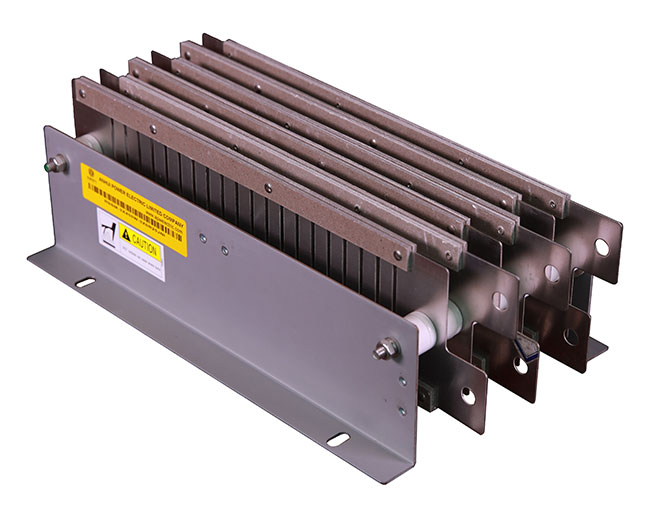
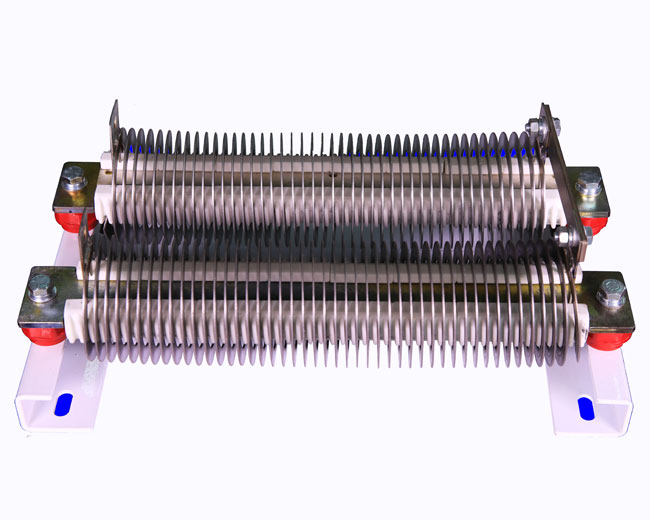
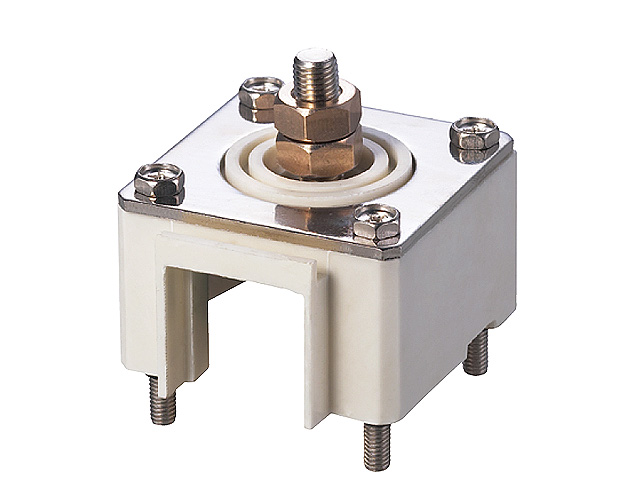
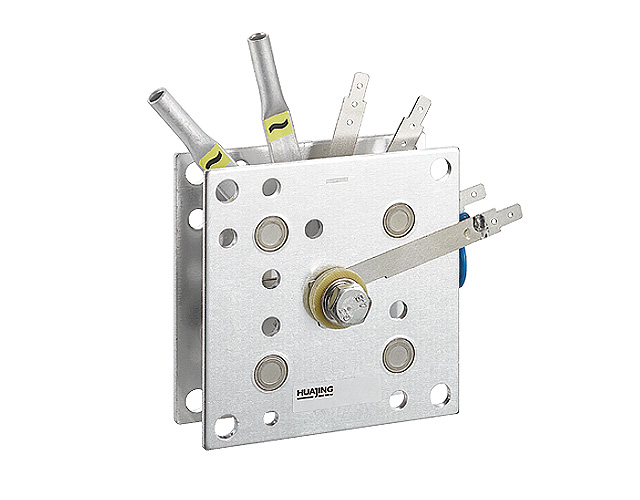
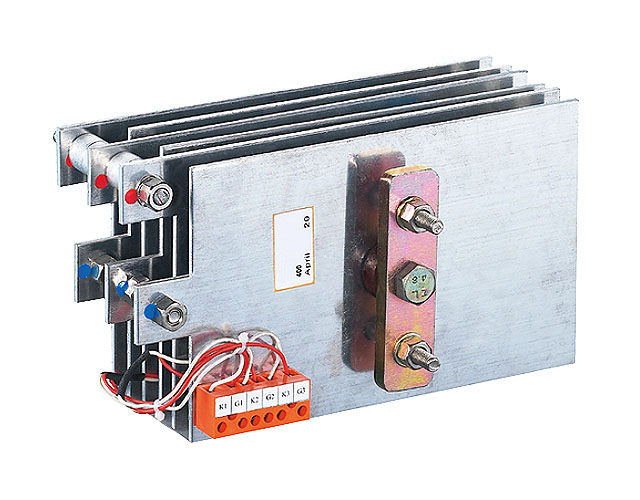











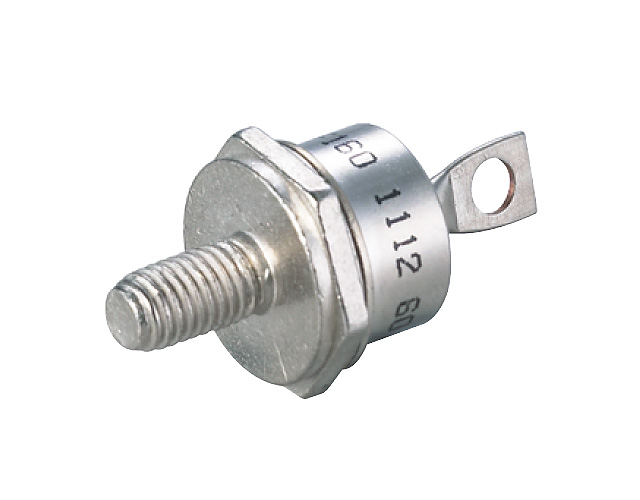
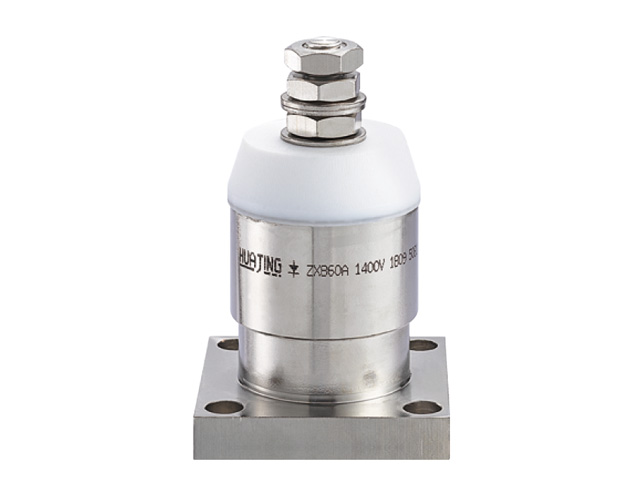
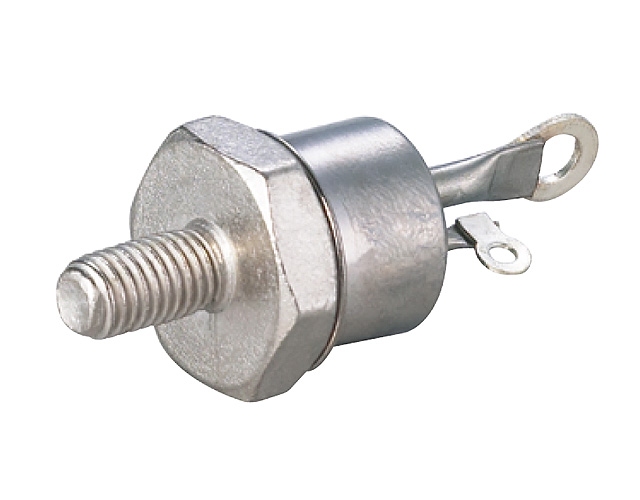
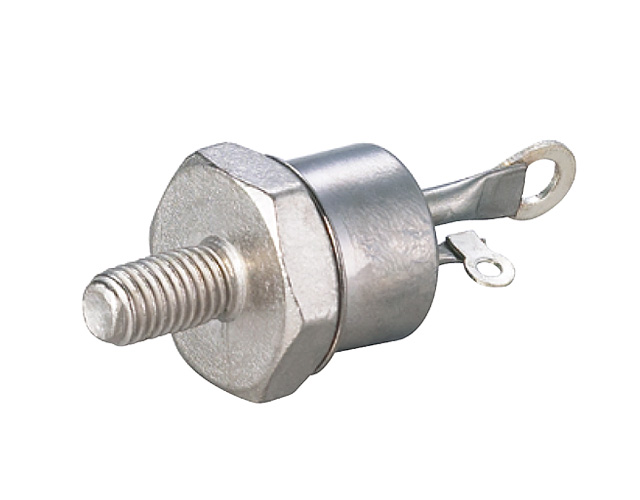
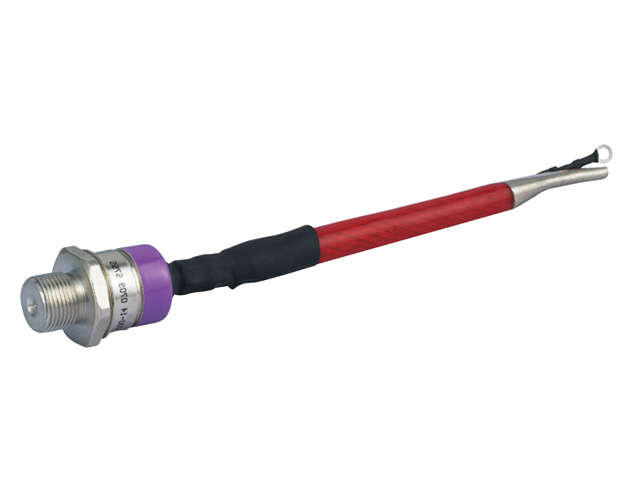
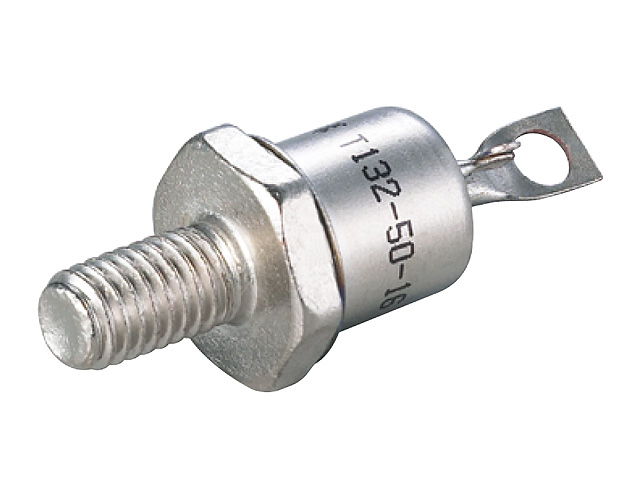
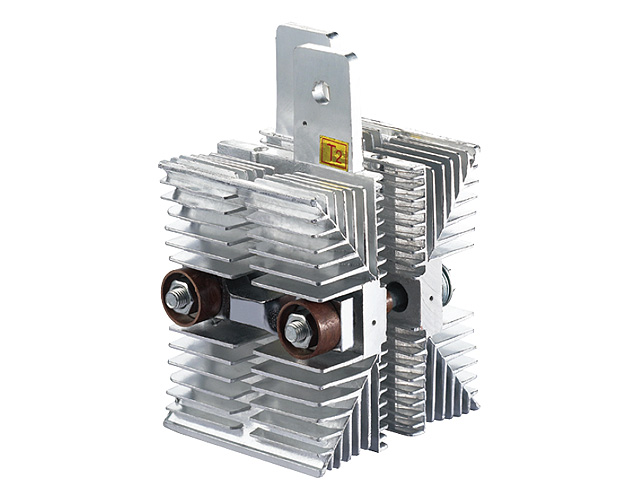
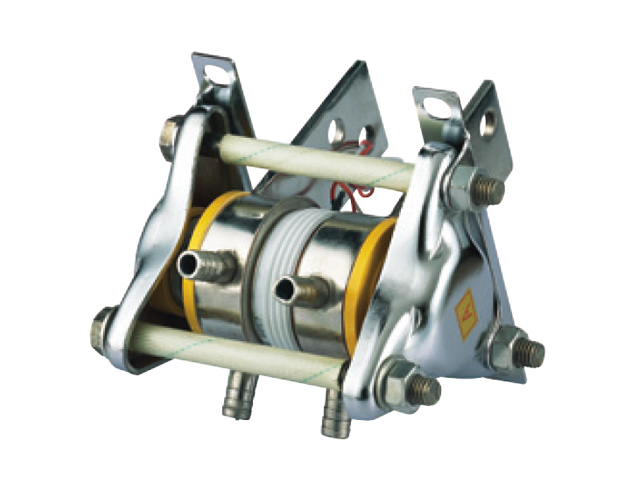
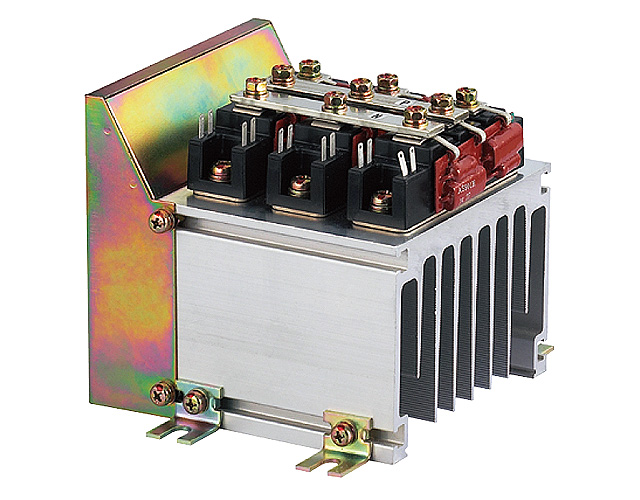
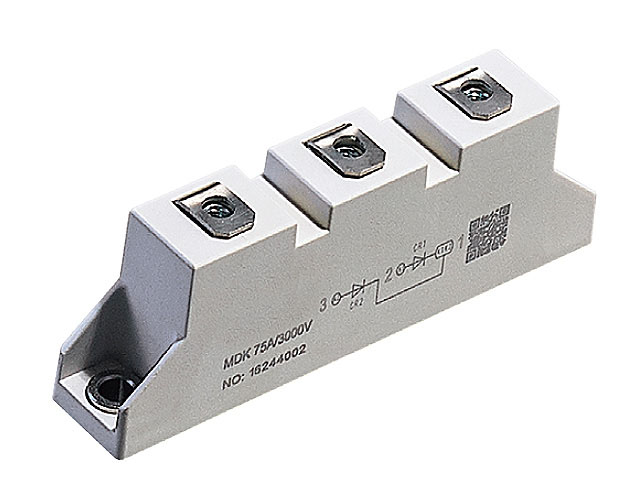
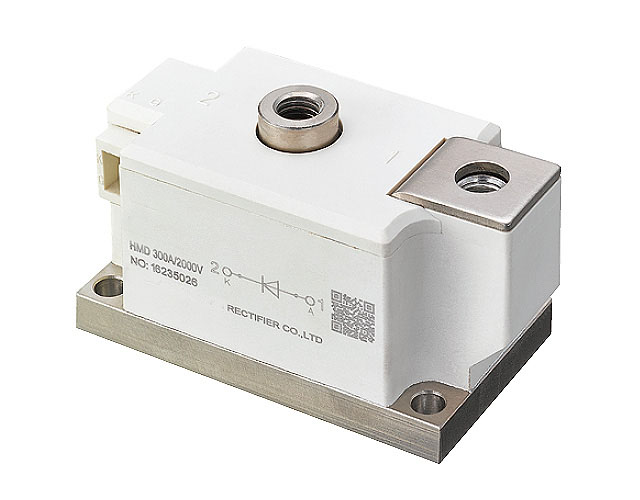

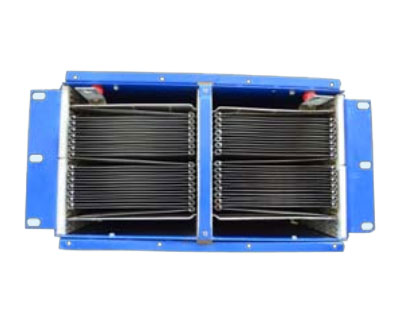
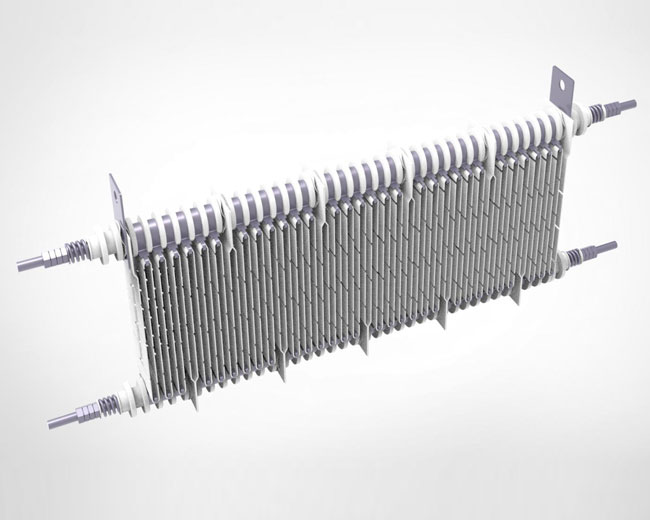
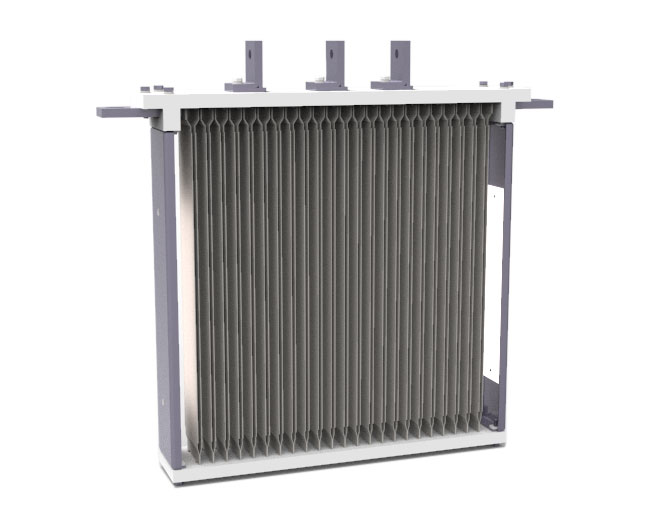
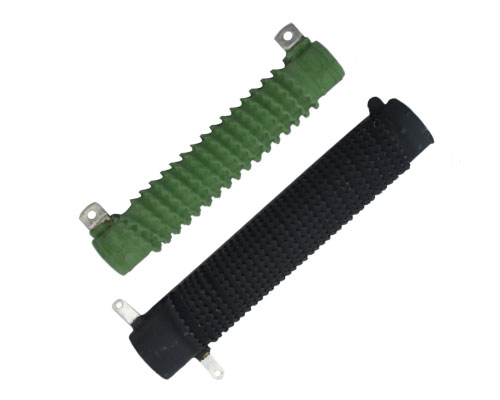
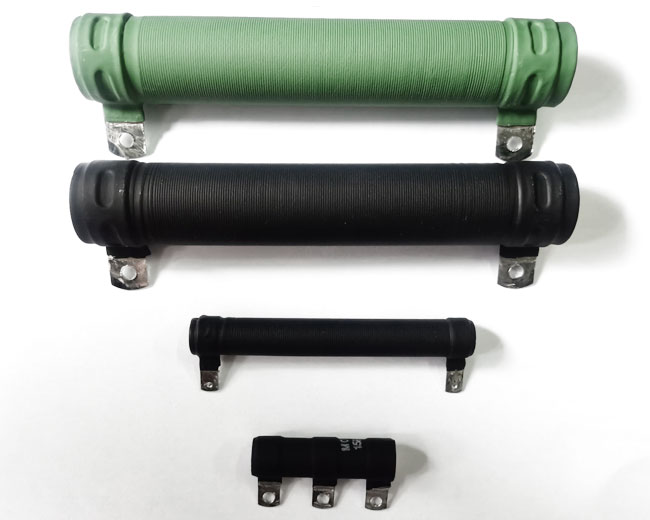
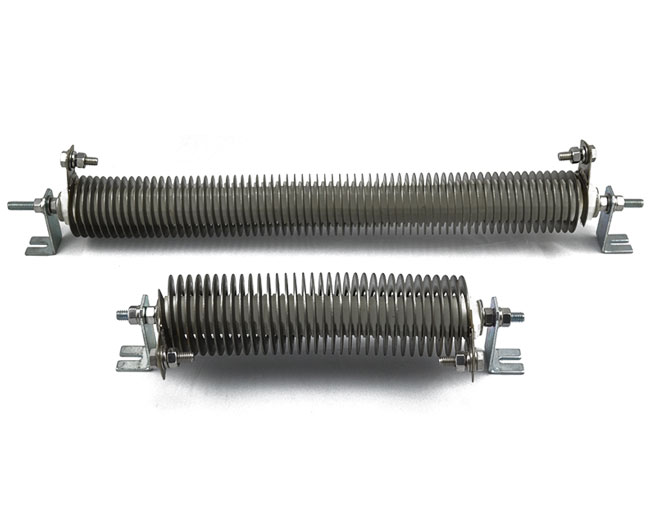
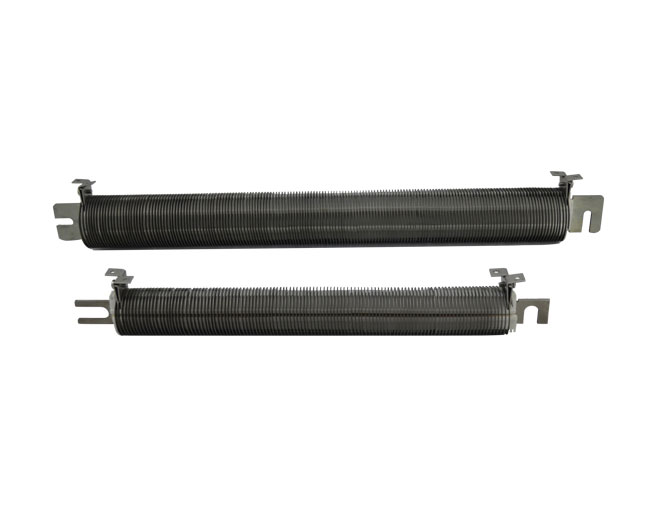

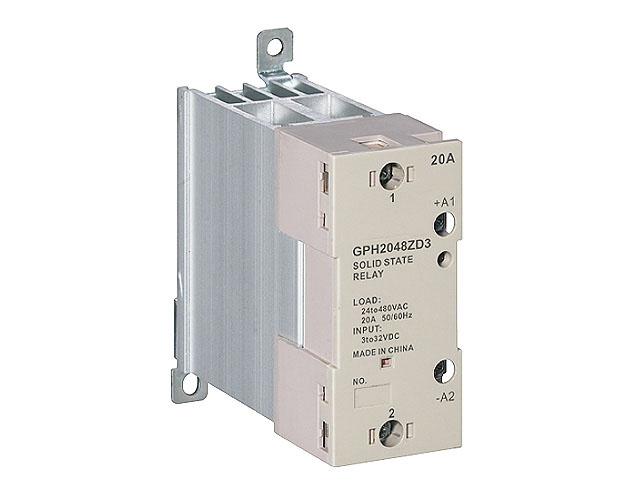
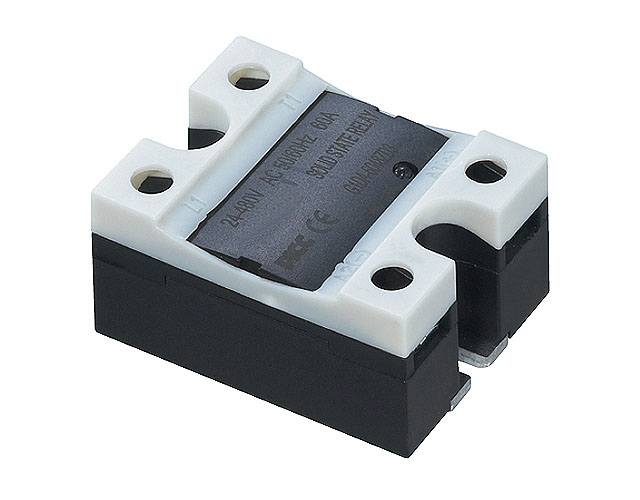
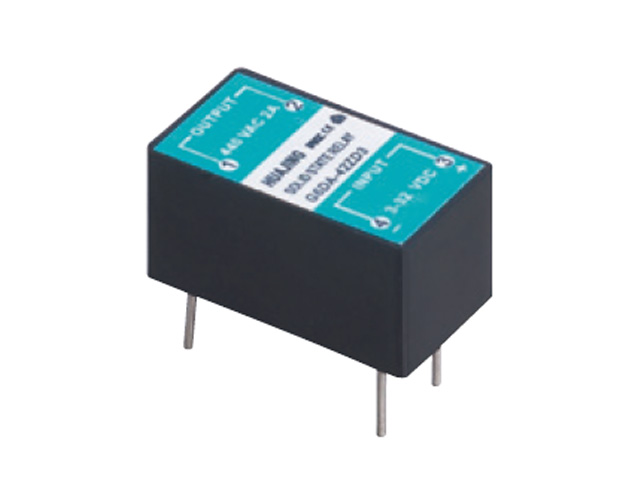
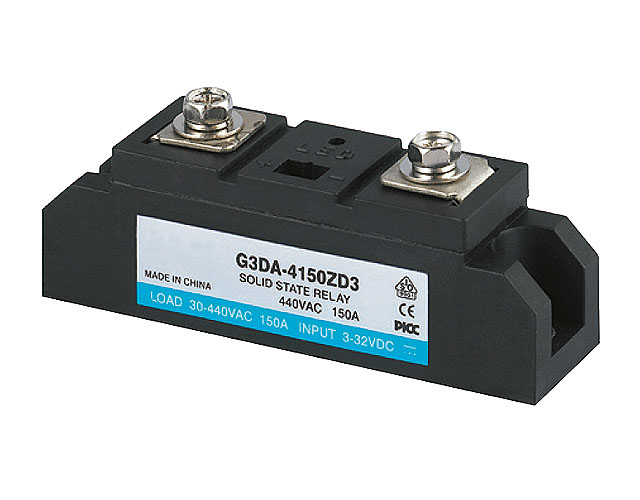
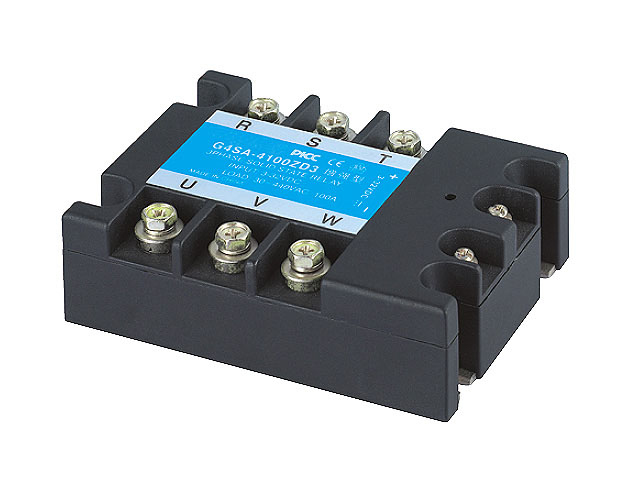
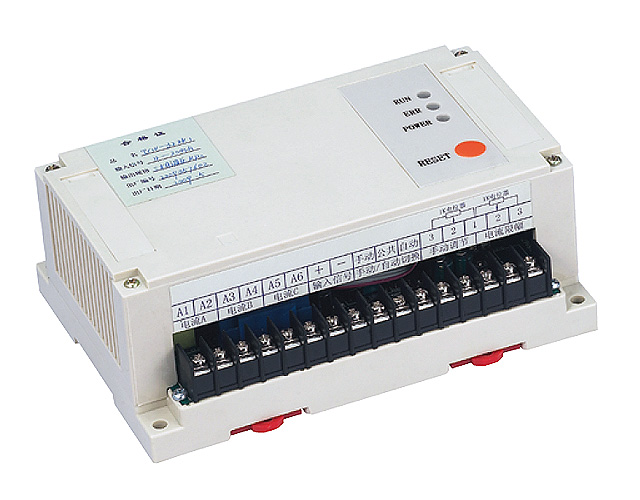
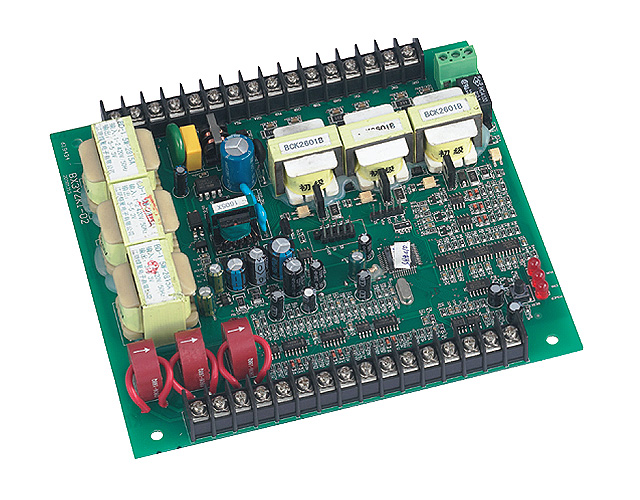
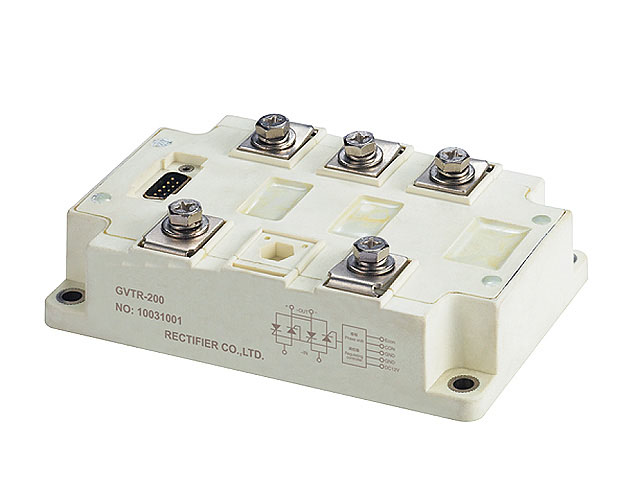
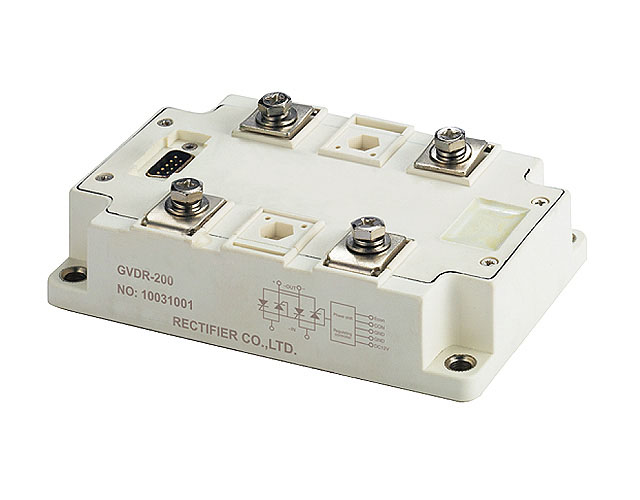
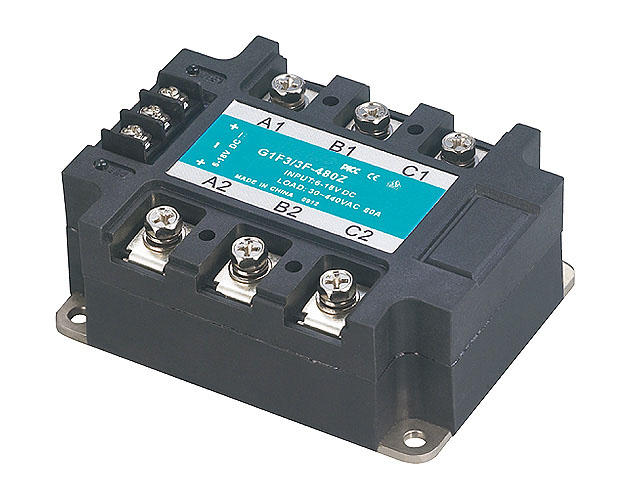
 Menu Item #1
Menu Item #1 Menu Item #2
Menu Item #2 Menu Item #3
Menu Item #3


































